Jasmine is enchanting. The white flowers cloak the vines like a blanket of stars, but it’s the scent that holds us in its thrall.
Infusing perfumes, candles, and soaps, we can’t help but want to bring the magic into our homes.
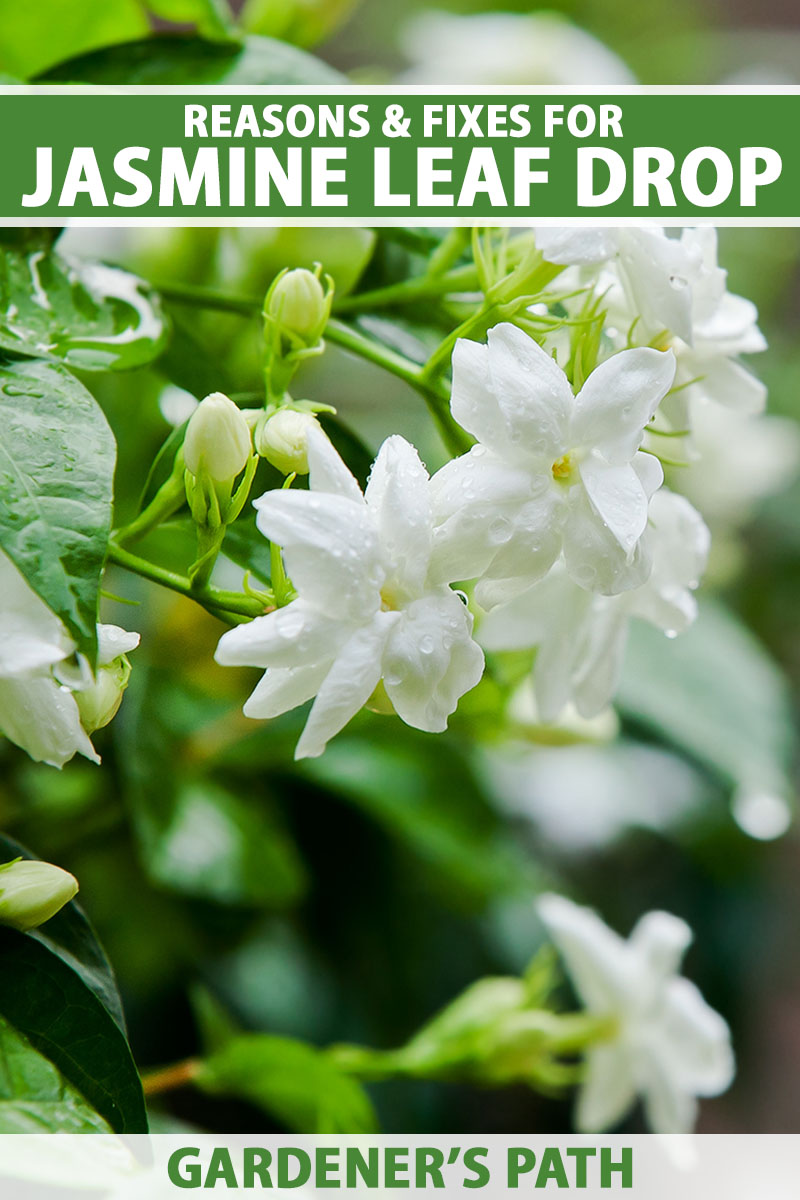
We link to vendors to help you find relevant products. If you buy from one of our links, we may earn a commission.
When the leaves start falling from this plant, it’s a sign that something is amiss. And it’s not just the foliage that’s at risk.
Leaf drop not only impacts the floral display, but it can be a sign of something bad enough that it might kill your jasmine altogether.
Sometimes dropping leaves are due to something as simple as the wrong amount of moisture. That’s an easy fix, and your plant will be back in good form again in no time.
Other times, it can be a serious disease that could spell disaster if you don’t deal with it right away.
Here are the seven common causes we’ll go over in this guide. We’ll explain how to identify them, and what to do when they strike:
7 Common Causes of Leaf Drop in Jasmine
Sooner or later, every single plant will drop at least a few of its leaves, even if it’s perfectly healthy.
That’s just a natural part of the cycle of life, similar to how we drop hair over time. As plants age, jasmine will drop its lower leaves in particular.
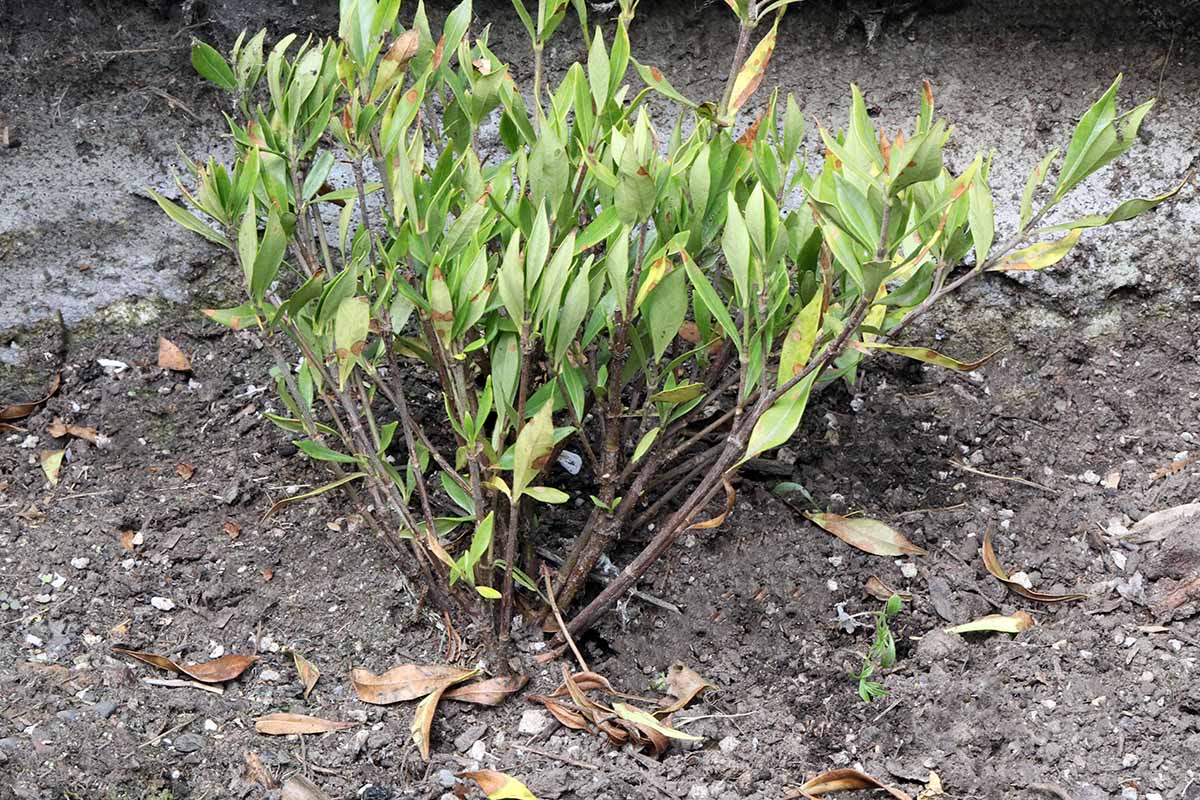
Lots of plants do this. The lower leaves tend to be less useful because they are blocked from receiving sunlight, so plants ditch them.
Plants might also shunt off leaves that are just too old, and they’ll replace them with fresh new growth.
But if this doesn’t seem to be what’s going on, let’s take a look at the following common culprits so you can troubleshoot at home:
1. Inappropriate Moisture Levels
Any time a jasmine plant has wetter or drier roots than it can handle for an extended period of time, it will start dropping foliage.
Roots that are drowning can’t support the plant. But too little moisture can also cause leaves to drop, as a result of stress.
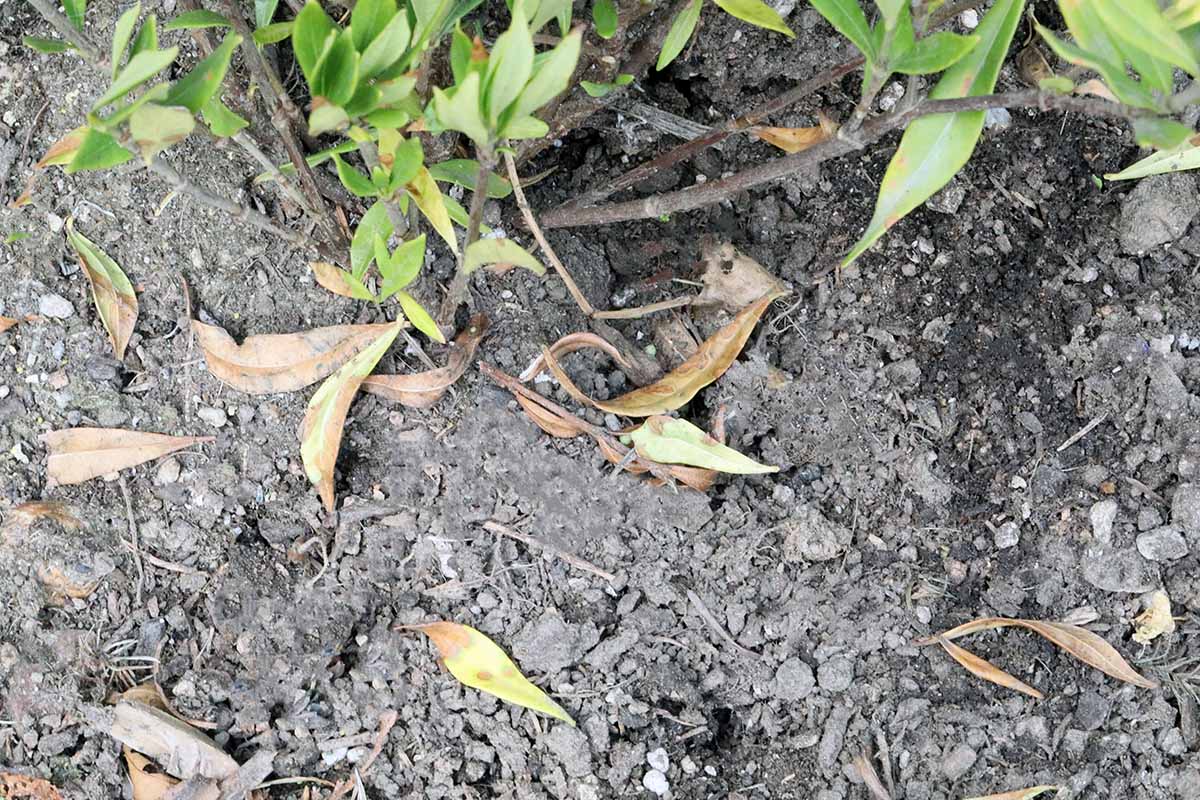
It’s possible to tell the difference between these conditions by examining the foliage. If the leaves are crisp and yellow, it’s probably too much water causing the problem.
Soggy brown or yellow leaves are usually caused by overwatering.
Either way, the solution is to adjust the water situation. Don’t add water to the soil until the top inch has dried out.

If your plants are in soil that doesn’t drain well, you need to be extra careful not to overwater.
On the other hand, if you stick your finger in the soil and it regularly feels dry past your first knuckle, you need to be watering more often.
2. Leaf Blight
Leaf blight usually causes a whole host of other symptoms before it will cause leaves to drop.
So unless you’re seeing small, brown, necrotic spots, with or without a yellow halo, your problem probably isn’t leaf blight.
This disease is caused by fungi in the Alternaria, Cercospora, and Phyllosticta genera.
There are several treatments that work with leaf blight, and copper fungicide is a good option because it’s reliable and effective.
Saturate your jasmine, and make sure to get the top and bottom of the leaves, as well as the stems, every two weeks.
I always keep Bonide Copper Fungicide on hand in my gardening toolkit.
It’s handy for treating so many problems. If you need to pick some up to add to your supply, visit Arbico Organics for a 32-ounce ready-to-use spray bottle, a 16- or 32-ounce hose end spray, or a 16-ounce concentrate.
3. Low Light
Many plants will drop their foliage in low light. When there isn’t enough light, plants will abandon some of their leaves because it’s too “expensive” to maintain them.
Leaves are energy-intensive to maintain and if they aren’t pulling their weight, they might as well go.
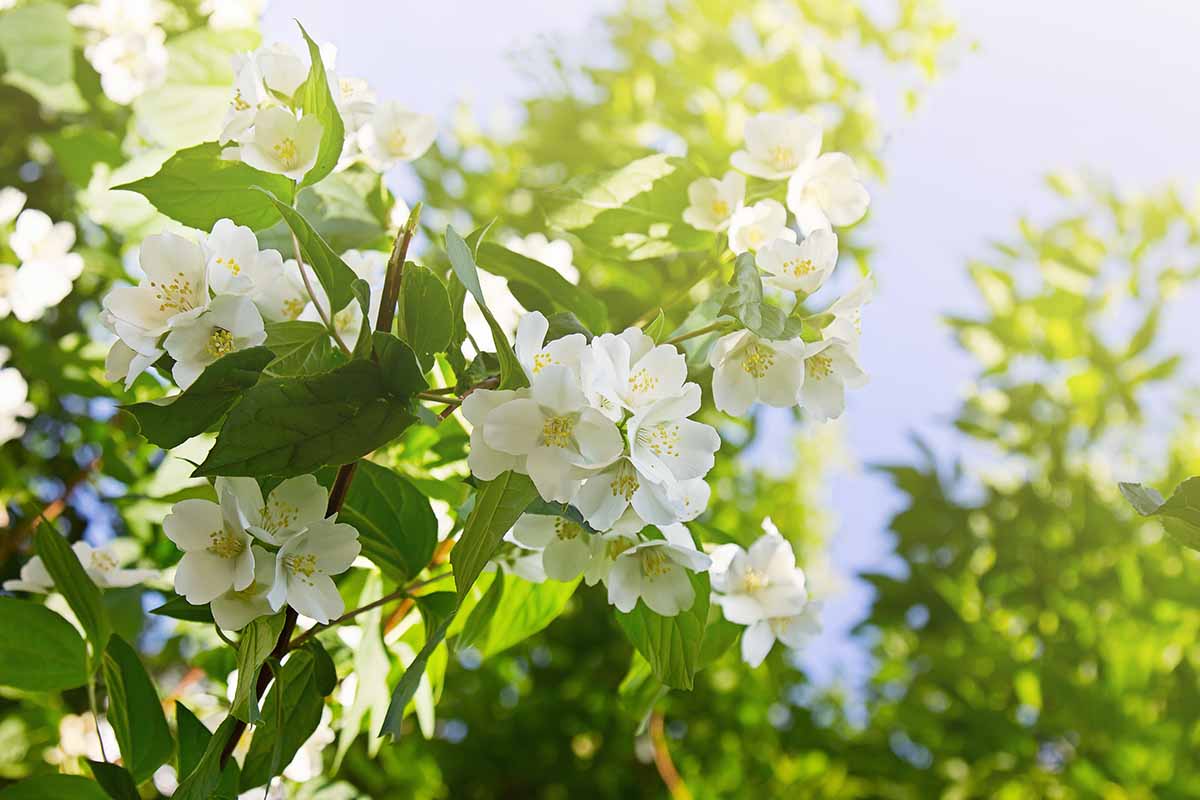
When this is the cause, it’s usually the lower leaves that will drop.
If upper leaves are dropping, consider causes other than low light first. The remaining foliage might also be lighter in color than normal.
While the ideal light exposure can vary between species, most need full to partial sun, with six to eight hours of exposure per day.
4. Phytophthora Rot
While we include this problem for the sake of being thorough, species in the Jasminum genus are rarely impacted by root rot caused by Phytophthora oomycetes. Jasmine seems to be somewhat resistant.
But rarely is not the same thing as never, and if you can’t pinpoint what’s causing the leaves to plop off your plant, it’s worth considering this disease.
When present, it causes part or all of the plant to wilt. You might also see dark sap oozing out of the hardwood. Under ground, the roots will start rotting away. If you were to dig up the jasmine, you’d see mushy, black roots.
This pathogen needs moisture to reproduce, which is why overwatering contributes to the spread of this disease. Good drainage and appropriate watering will go a long, long way to preventing rot.
This disease can be hard to eliminate with chemicals, which is why prevention is important.
However, if you find it attacking your plants, all is not lost. There are a few products on the market that can help.
Mycostop, for instance, is an effective biofungicide containing the beneficial bacteria Streptomyces griseoviridis strain K61. Apply it following the manufacturer’s directions for controlling phytophthora.
To purchase some, visit Arbico Organics. They carry it in five- and 25-gram packs.
5. Scale
Armored and soft scale insects (superfamily Coccoidea) like to feed on jasmine, and when they do, it can cause the leaves on the vine to drop.
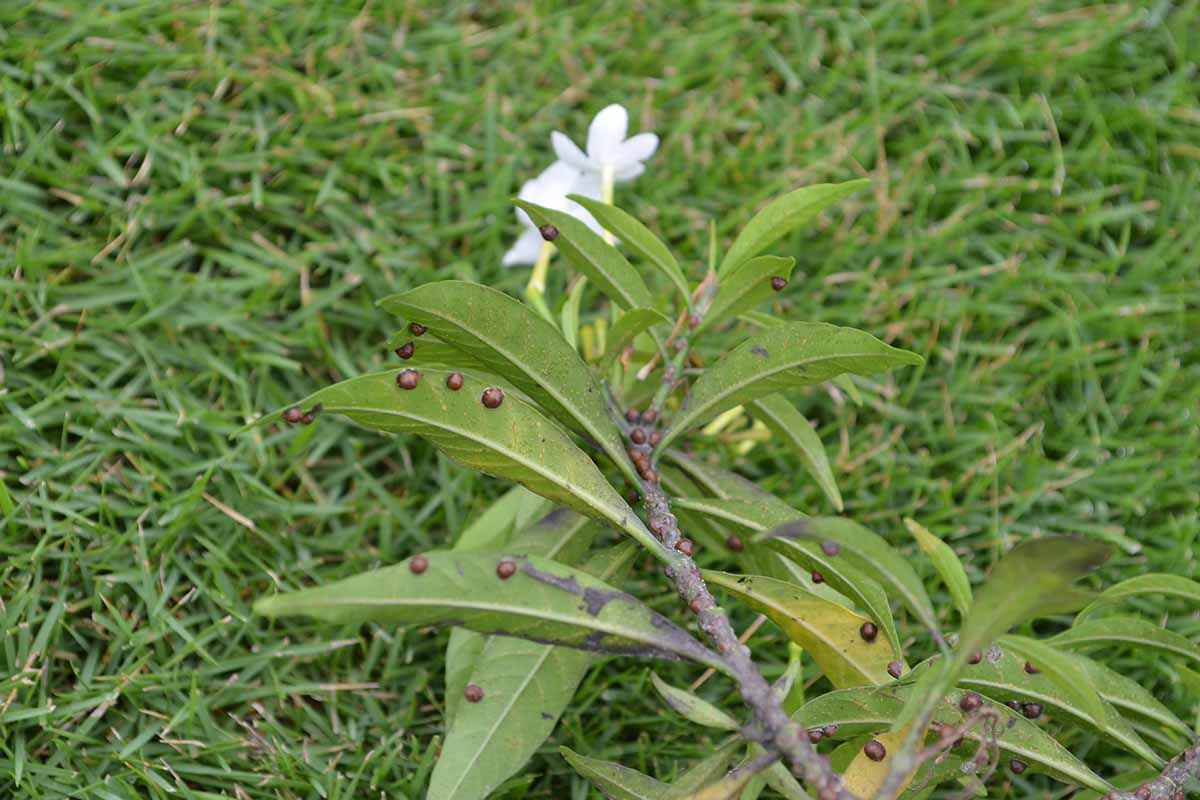
Scale is often mistaken for a disease symptom because these pests move slowly, are somewhat flat, and tend to cluster, resembling little lumps on the stems and leaves.
These insects use their sucking mouthparts to feed on the sap, depriving plants of nutrients that they need to be healthy. So, off go those leaves, usually after turning yellow.
Sometimes, you’ll also see a sticky substance called honeydew, a black fungus called sooty mold, or ants on the stems and foliage.
Often, when you see scale in your garden, it’s a sign that the balance of the environment is out of whack.
When things are balanced, beneficial predators usually make a quick meal out of scale before too many can breed and grow.
Read our guide to learn more about scale and how to eliminate these pests when they’re troubling your jasmine.
6. Too Much Nitrogen
When a plant has too much nitrogen, it might drop its leaves. But don’t go assuming that just because you aren’t using a high-nitrogen fertilizer this couldn’t be your issue.
If your soil is already high or just moderate in nitrogen content and you add fertilizer, this could cause the foliage to drop.
That’s why your mantra should always be: test, test, test. Test your soil before you plant something, or do so at least once a year.
Without going into the whole topic of how problematic too much nitrogen is for the environment, it’s always smart for your wallet, your plants, and the environment as well to avoid adding anything your soil doesn’t need.
In addition to leaf drop, too much nitrogen can also cause leaves to be super dark in color.
Symptoms can also include yellowing at the tips of the leaves without any dryness, as well as superabundant growth that is abnormal for your jasmine.
Many established woody plants in the garden don’t need much in the way of nitrogen.
Sure, young specimens need some help, but if your vine is several years old, it probably doesn’t need any nitrogen added.
You’re probably thinking that the solution is to simply stop fertilizing, and you’re mostly right. You also want to focus on watering a little differently to flush out the soil.
The general rule is to water your plants deeply and less frequently rather than often and shallowly, but if you suspect a nitrogen overdose, go ahead and water often.
Just make sure you’ve tested the soil to ensure this is the problem before you start watering this way. Otherwise, you risk causing many other issues, including some mentioned above.
7. Wilt or Root Rot
Fusarium wilt is a fairly common problem for many garden plants, including jasmine.
The difficulty with this disease is that most of the damage happens underground. By the time you see symptoms above ground, your plant is in trouble.
Underground, roots infected with Fusarium fungi turn black and smooshy. Aboveground the plant will start wilting, followed by dropping leaves. Patches of the foliage may turn yellow or brown before taking the plunge.
That Mycostop we mentioned above? It works extremely well against this disease if you catch it early enough.
Sometimes, if your plant is wilting and you can’t figure out why, your best option is to dig down carefully and take a look at the roots.
Any black or mushy roots? It might be root rot from overwatering, but it doesn’t matter what the cause is since the treatment is the same.
Start treating right away and keep treating for three months after symptoms subside.
Bring Back the Beauty
Sweet-scented and smothered in white blossoms, a jasmine vine in bloom is incomparable. But the glossy green leaves are beautiful all on their own.
Dropping leaves not only makes your plant look less attractive, but it threatens that floral display.
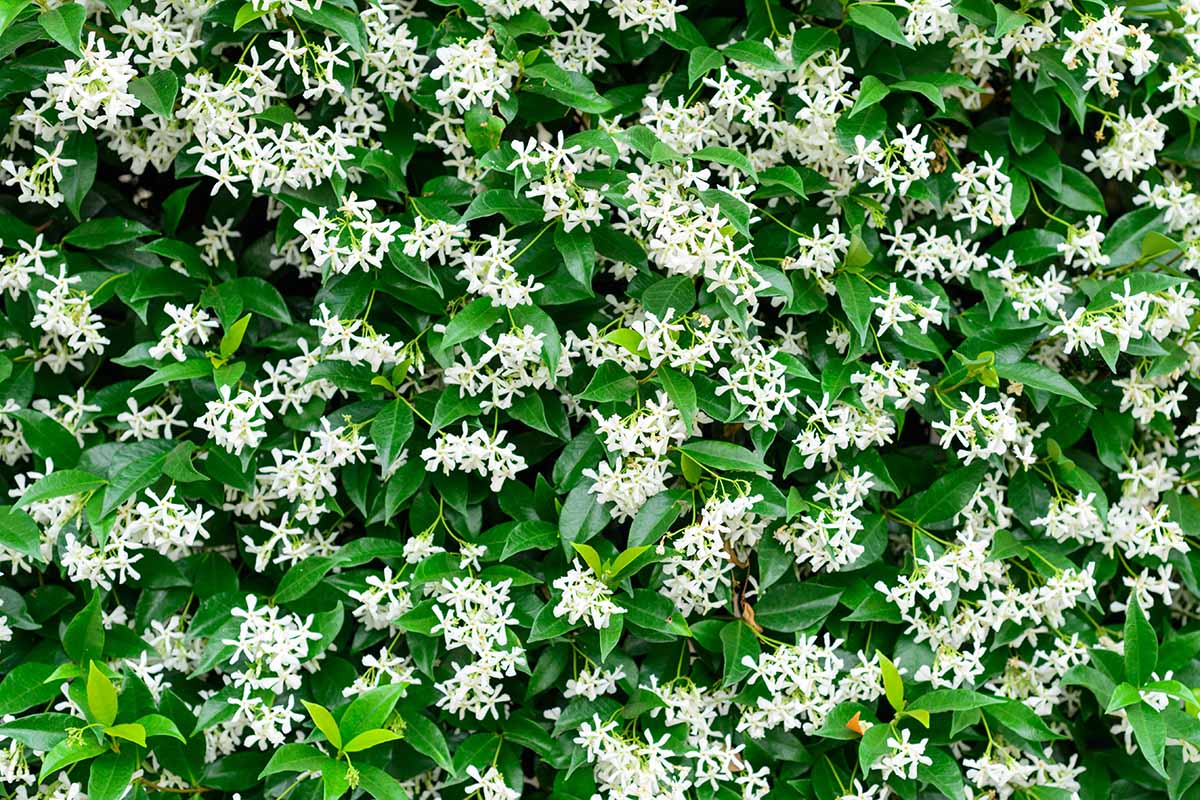
What kind of symptoms are you seeing on your jasmine? When did they start? How do you plan to tackle the issue? Fill us in on all the details in the comments.
Once you’ve rescued those leaves, we have a few other guides you might want to check out to learn all about jasmine plants, including:
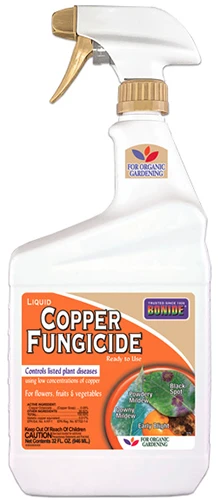
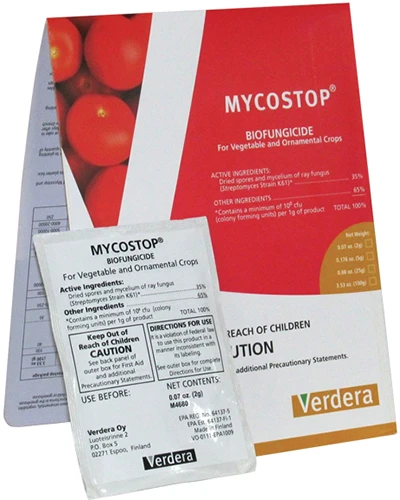

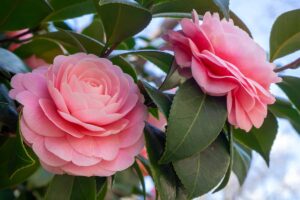

I’ve had my jasmine nightshade for about a month, the top leaves have started to yellow and drop and I’m not sure what problem I have.
Regards Janet.
I’ve had my jasmine nightshade plant two months and the leaves are turning yellow and dropping, I’m not sure what the problem is.
Regards Janet.
Hi Janet, I’m sorry to hear that. There are many things that can cause yellowing and dropping leaves on jasmine nightshade (Solanum laxum). It can be caused by over or underwatering, diseases like powdery mildew, a lack of the right nutrients, or pests.
If you’d like to provide some pictures and maybe more detail, we might be able to help you narrow it down.